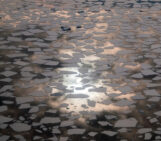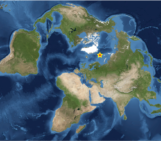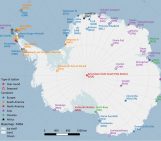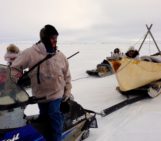On the Brunt Ice Shelf, Antarctica, a never-observed-before migration has just begun. As the pale summer sun allows the slow ballet of the supply vessels to restart, men and machines alike must make the most of the short clement season. It is time. At last, the Halley VI research station is on the move!
Halley, sixth of its name
Since 1956, the British Antarctic Survey (BAS) has maintained a research station on the south eastern coast of the Weddell Sea. Named after the 17th century British astronomer Edmond Halley (also the namesake of Halley’s comet), this atmospheric research station is, amongst other things, famous for the measurements that led to the discovery of the ozone hole (Farman et al., 1985).
Due to the inhospitable nature of Antarctica, there have been six successive Halley research stations:
- Halley I to IV had to be abandoned and replaced when they got buried too deeply beneath the snow that accumulated over their lifetimes (up to ten years per station).
- Halley V was built on steel platforms that were raised periodically, so the station did not end up buried under snow. However, Halley V was flowing towards the ocean along with the ice shelf when a crack in the ice formed. To avoid finishing up as an iceberg, the station was demolished in 2012.
- Halley VI, active since 2012, can be raised above the snow and also features skis, so that it can be towed to a safer location if the ice shelf again threatens to crack. However, no one expected that this would have to be put in practice less than 5 years after the station’s opening…
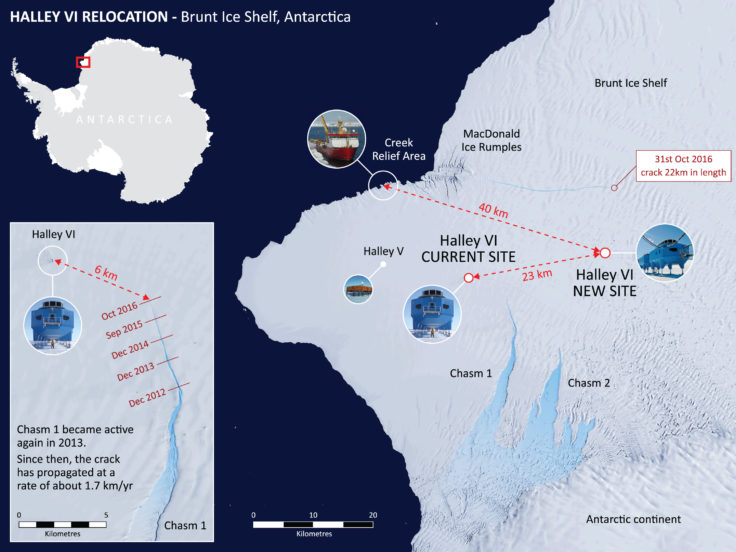
The relocation project, featuring the new October crack. Inset, timeline of the awakening of Chasm 1. The ice shelf flows approximately from right to left. [Credit: British Antarctic Survey].
The awakening of the cracks
The project of moving Halley VI was announced a year ago. A very deep crack in the ice (“Chasm 1” in the map above) upstream of the station and dormant for 35 years, started growing again barely a year after the opening of Halley VI. The risk of losing the station if this part of the ice shelf broke off as an iceberg became obvious, and it was decided to move the station upstream – beyond the crack.
Additionally, there is another problem, or rather another crack, which appeared last October. This one is located north of the station and runs across a route used to resupply Halley VI. This means that of the two locations where a supply ship would normally dock, one is no longer connected to the research station and hence rather useless. Not only is the station now encircled by deep cracks, now it also has only one resupply route remaining; to bring equipment, personnel and food and fuel supplies to the station – all of which are needed to successfully pull off the station relocation.
Bringing Halley VI to its new location before the end of the short Antarctic summer season will be a challenge. We shall certainly keep you up-to-date with Halley news as well as with news about the rapid changes of the Brunt Ice Shelf (because we’re the Cryosphere blog after all!). In the meantime, you can feel like a polar explorer and enjoy this (virtual) visit of Halley VI.
References and further reading
- Farman, J. C., B. G. Gardiner, and J. D. Shanklin. “Large losses of total ozone in Antarctica reveal seasonal ClOx/NOx interaction.” (1985): Nature.
- https://www.bas.ac.uk/about/about-bas/our-history/british-research-stations-and-refuges/halley-z/
- https://www.bas.ac.uk/media-post/relocation-of-halley-research-station/
- https://www.matthewteller.com/2016/12/07/cracks-in-the-ice/
Edited by Clara Burgard, Sophie Berger and Emma Smith

